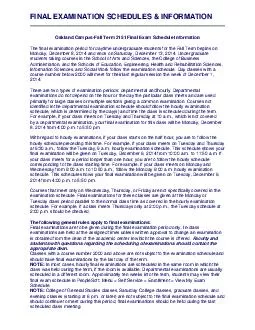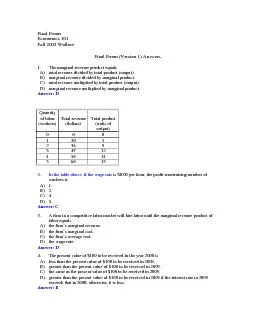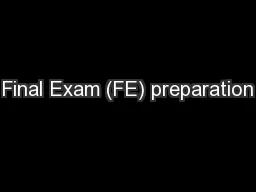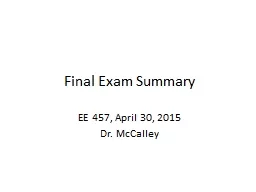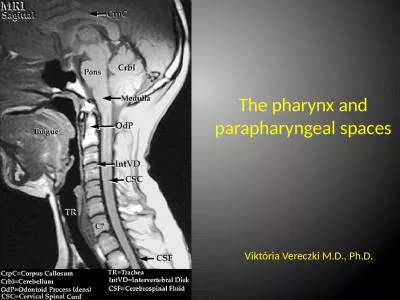PPT-Final Exam Review
Author : trish-goza | Published Date : 2016-08-10
Conceptual Reminders WavesBlackbody Radiation Energy Example A lamp rated at 400 Jsec emits violet light of wavelength 422 nm What is the energy of the photons How
Presentation Embed Code
Download Presentation
Download Presentation The PPT/PDF document "Final Exam Review" is the property of its rightful owner. Permission is granted to download and print the materials on this website for personal, non-commercial use only, and to display it on your personal computer provided you do not modify the materials and that you retain all copyright notices contained in the materials. By downloading content from our website, you accept the terms of this agreement.
Final Exam Review: Transcript
Download Rules Of Document
"Final Exam Review"The content belongs to its owner. You may download and print it for personal use, without modification, and keep all copyright notices. By downloading, you agree to these terms.
Related Documents


